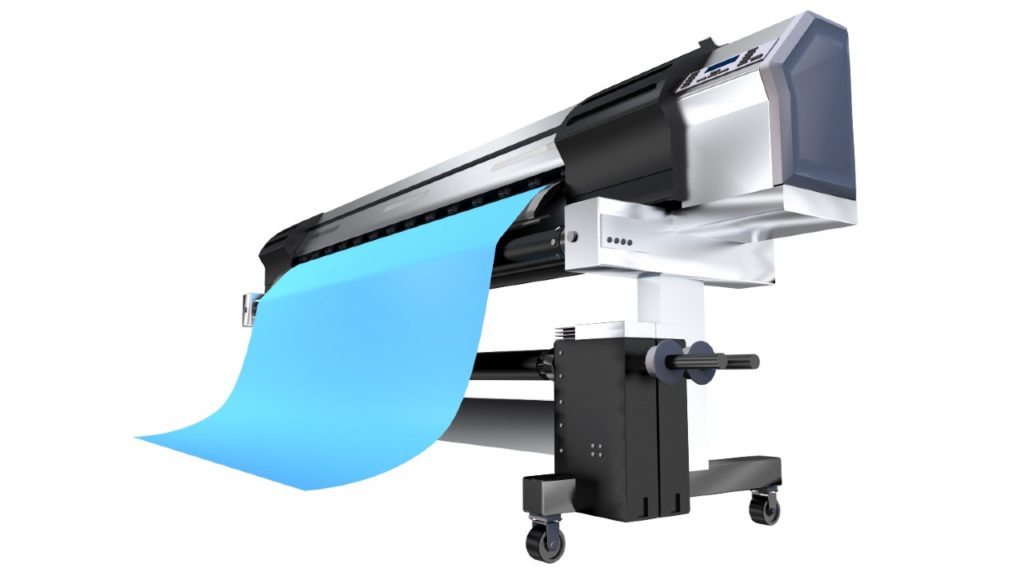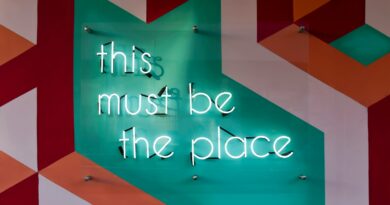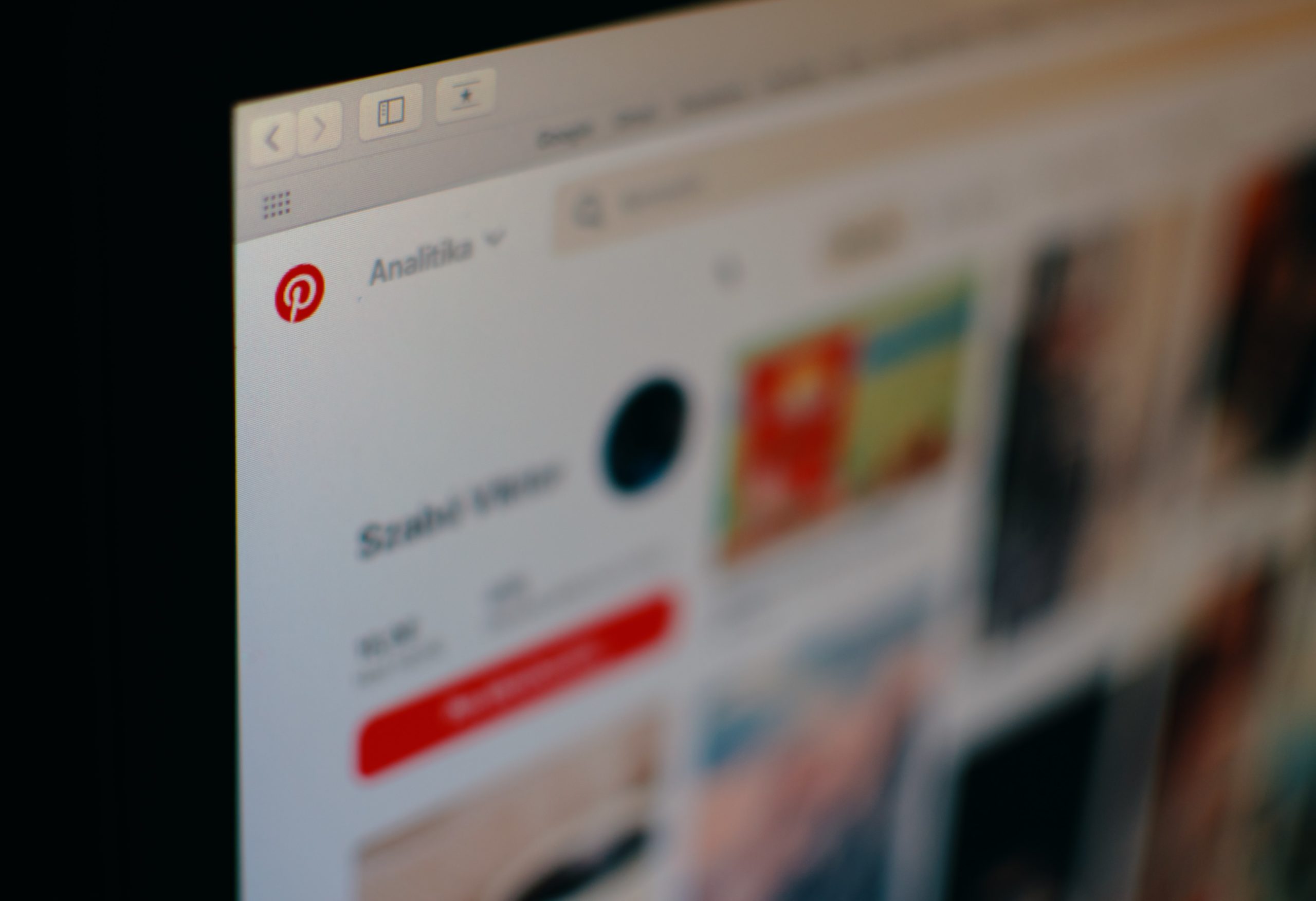Design Tips for Branded Banners
Vinyl banners are a terrific and affordable way to promote your message since they are colourful, vibrant, adaptable, and eye-catching. A well-designed banner not only looks good, but it also represents your values and vision.
Furthermore, it has the potential to impact the behaviour of your target audience. Here are some expert design tips for business promotional materials that should help you boost your brand’s visibility.
What Should a Personalised Banner Contain?
The following elements should be included in your branded banner:
Easy-to-Read Font and Large Text
When creating a branded banner, it’s important to pay close attention to the font. First and foremost, you must ensure that the text is large and legible.
And not just any typeface will not suffice. Typography that isn’t well-chosen can detract from your message. When selecting fonts, keep in mind that your audience will not be as attentive.
So, even if you find a lovely, delicate font that complements your logotype perfectly, it might not be the ideal option. It’s preferable to stick with sans serif fonts like Helvetica for outdoor typography. Georgia and PT sans can also work well.
Message

Your message/copy should be as straightforward as possible. Less is more in this case. Branded banners come in a variety of styles, sizes, and purposes, but they always have one thing in common: they are quite simple in terms of messaging.
Take, for example, Apple’s copy. To make their copy more readable, they use short, fragmented sentences. Remember that you only have a limited amount of time to capture your audience’s attention.
All you need is one solid line to make your argument. One key goal should be the emphasis of the messaging. Finish with a basic CTA (Call to Action).
Images & Colors
By using colour psychology, you can sway people’s opinions of your brand. Contrasting colours and vivid colours perform best in general. Colours that are diametrically opposed on the colour wheel work nicely together.
Don’t be afraid to use bright, eye-catching hues. It’s advisable to utilise a solid colour background if you want to bring attention to your logo or people in the banner.
You can utilise visuals and graphics if your event is based on a more abstract theme. Human-led photography can assist you in telling your narrative. However, high-resolution photos should be used.
You can use white space to isolate focal points if you wish to. Keep things simple, no matter what colours or graphics you choose. If the space is congested, people will have a hard time understanding your banner or sign.
Since we are on the topic of images, check out our How to use Pinterest for Beginners guide.
Placement

The location where your banner will be displayed is equally important as the items on your banner. In fact, the size and material of your banner are determined by the location.
It’s best to choose more sturdy materials if you’re going to hang your banner outside. PVC banners are usually the finest option because they can withstand harsh weather and do not fade when exposed to direct sunlight for an extended period of time.
Think about how far your target audience is from your banner. The bigger the banner, the farther away they are. You must ensure that everyone can read your message from a distance.
If the banner is a couple hundred feet distant from your audience, intricate design components like ornate borders won’t function. Before you start designing your banner, figure out the average viewing distance.
Add 10 inches of letter height for every 100 feet of visibility. The banner printing company you choose can give you the list of standard PVC banner sizes.
Layout
All of the pieces must work together in order for the system to function properly. You’ll need a well-balanced layout to accomplish this. In terms of positioning and spacing, prioritise the core idea (in a line or two of text), your organization’s or event’s logo, and the call to action.
Steps to Creating a Personalised Outdoor Banner
- Step 1: Determine where and how the banner will be displayed. If you’ll be using a dark-coloured booth during the event, for example, make sure the colours you chose for your banner will shine out.
- Step 2: Decide what you want to accomplish with your banner. Your banner vision should be in line with the event’s and/or campaign’s objectives. If you want to increase the number of individuals who join your email list, for example, give them a reason to do so.
- Step 3: Add your main copy, logo, and a call to action to the page. Together, these pieces should occupy more than half of the whole banner area.
- Step 4: Add limited text detail if you need to expand on your message. Alternatively, use an image that conveys the same message.
- Step 5: Include any pertinent contact information, social network accounts, or website connections.
Check out our post on affiliate marketing for service businesses as well.



